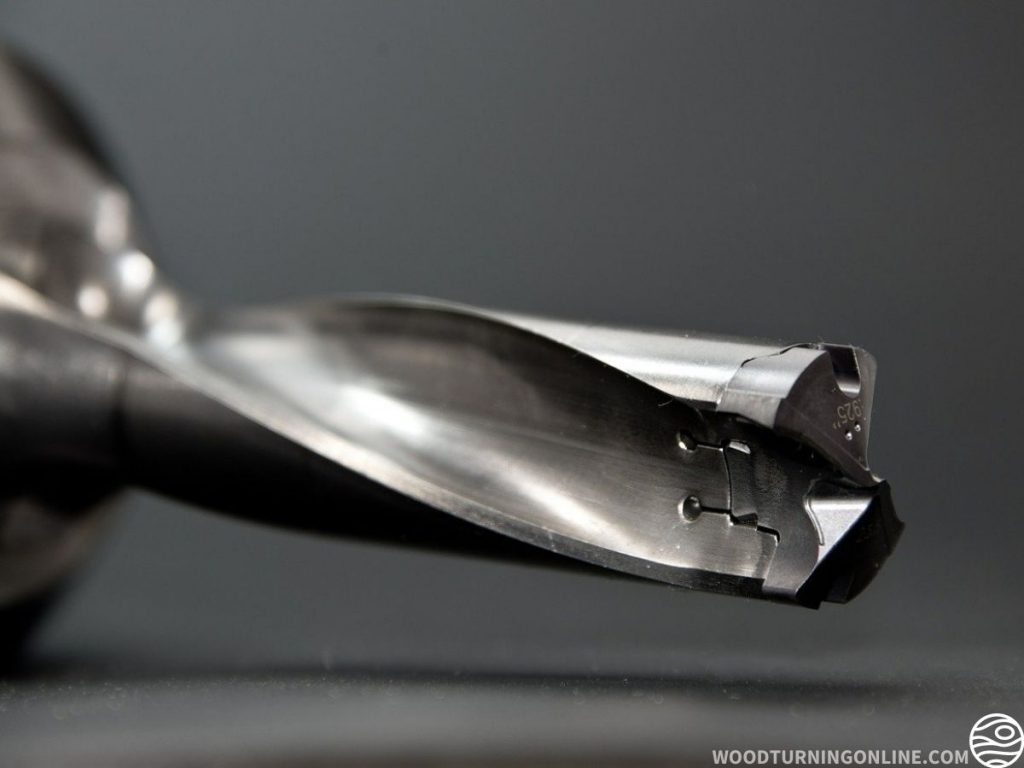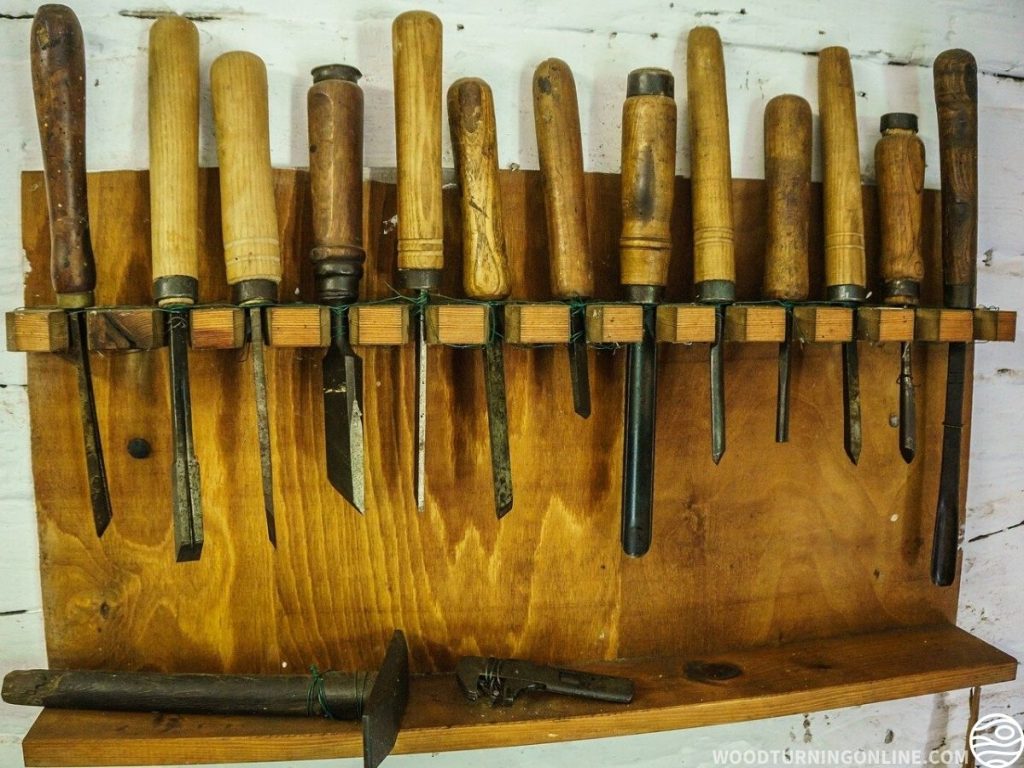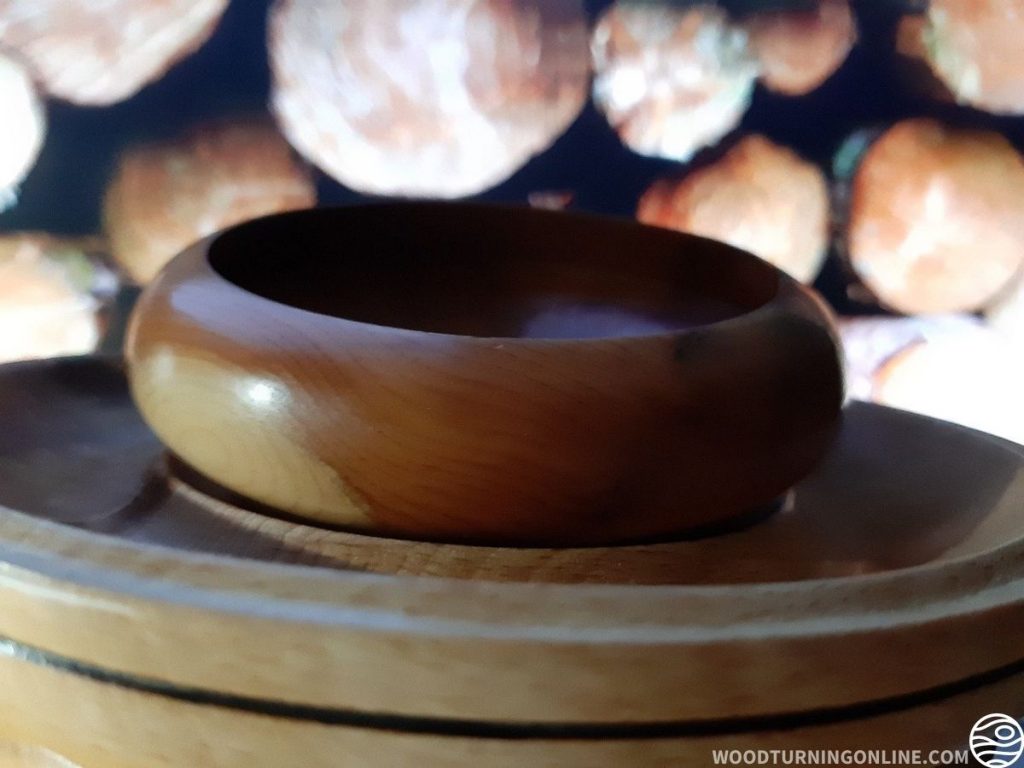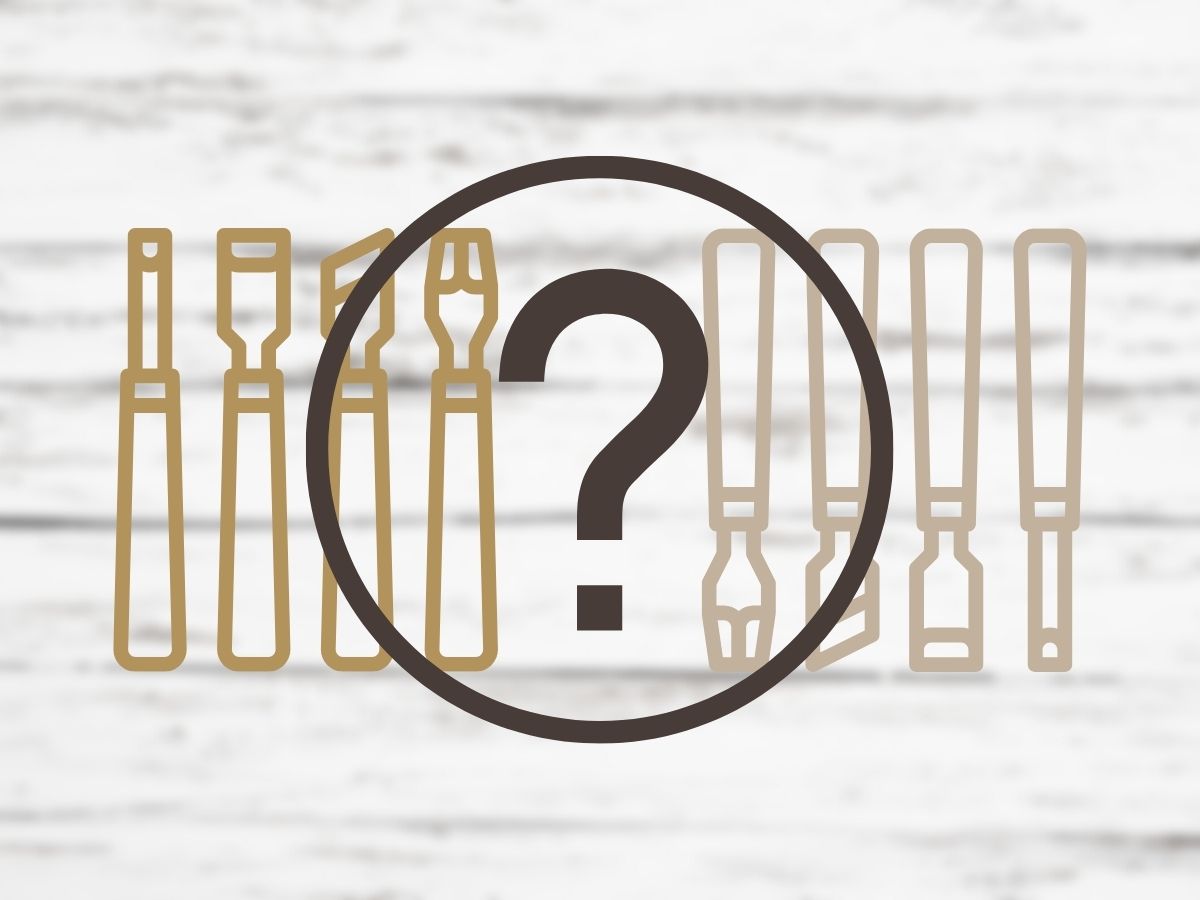Hey folks. In this article, I am going to help you decide whether HSS or carbide tools are better. I spent massive hours looking at what experienced turners say and, even though this is a contested topic, I have a clear winner whether you’re a newbie, a hobbyist, or a pro.
Interested? Read on.

What are Carbide Turning Tools?
Carbide turning tools were first developed as alternatives to diamond cutting tools. They are created by combining cobalt with tungsten carbide under a lot of heat and/or pressure to create a solid mass of metal.
Over the years, with the progress of technology, the size of these metal particles has significantly reduced and are now widely used in turning tools for turning a wood bowl.
Advantages of Carbide Turning Tools
- Carbide lathe tools require no assembly. They can be used straight out of the box.
- The edge of a carbide tool stays sharp for a very long time, and hence, does not require a sharpening station.
- If an edge does wear out, the tip can be just rotated for a sharper edge.
- They can remove blank material very quickly.
- The process of shaping is also a lot quicker.
- Carbide tools create smoother finishes than HSS tools.
- Carbide lathe chisels have extreme heat tolerance and hence allow for higher RPM.
Disadvantages of Carbide Turning Tools
- Carbide tools are usually at a 90-degree angle to the wood. This tends to scrape and tear the wood fibers. This can be problematic in the trouble zone area of a wooden bowl.
- You will need multiple carbide tools to turn a single bowl as different tools are for different purposes. A round-shaped tool that works for the interior of the bowl isn’t as effective on the exterior. Similarly, a square-shaped tool that works well on scraping the exterior won’t work well for the interior.
- Replacement carbide tips for lathe tools are more brittle and tend to wear out quicker.
- Replacement of carbide tools is very expensive.

What are Traditional HSS Turning Tools?
Traditional high-speed steel (HSS) turning tools have a similar composition to carbide turning tools but are a lot more popular due to their exceptional performance and rigidity.
These have set the industry standard for metal cutting tools. They are very tough, durable, and resistant to any wear and tear during manufacturing. These can handle most metal-cutting projects and are a lot tougher than carbide turning tools.
Advantages of Traditional HSS Turning Tools
- Traditional HSS turning tools are less expensive than carbide tools.
- They are a lot sharper than carbide tools.
- They are also much easier to sharpen.
- A single tool can be used to turn an entire bowl, unlike carbide tools.
- It is easier to cut all sorts of angles with HSS turning tools.
- HSS wood lathe tools create clean cuts without scrapes and tears.
Disadvantages of Traditional HSS Turning Tools
- Traditional HSS lathe tools can wear out much faster than carbide tools.
- They might not work on harder materials.
- The edges can only be sharpened a few times after which it has to be replaced.
- The surface finishes are not of as good quality as carbide tools.
- It is a lot harder to learn and use.
Traditional vs. Modern
The traditional turning tools require a lot of learning and practice to master the art. It is considered a skill that, once mastered, will earn you the respect of your fellow wood bowl turners.
Woodturners who use traditional HSS turning tools believe that these tools give a superior cut that is unmatched. But achieving expertise with traditional tools can take several years and the costs can pile up for replacing tools, getting wood to work on, or booking workshop spaces to practice in if you don’t have the equipment at home.
On the other hand, carbide turning tools are very easy to learn and give better quality surface finishes. The tools require no sharpening or training. You can start woodworking with carbide tools today and still be able to create something substantial by the end of the week.
While most woodworkers believe that carbide tools are perfect, a lot of traditional woodworkers tend to look down upon modern woodworkers who use carbide turning tools.
Carbide tools create smaller chips and shavings of wood while HSS tools create long curly shavings. Both types of shavings can be reused for other purposes like filling holes in natural wood stock.

Which One Is Right for You?
Carbide tools can be 4-7 times faster than HSS tools. They can also resist higher temperatures than HSS tools from friction and RPM. While HSS costs lesser, carbide is harder and remains sharper for longer. If the choice of choosing one over the other still confuses you, here is some concise information that can help you make the right choice.
As a Newbie
If you are new to woodturning and are still figuring out whether you want to pursue it or not, carbide tools are better for you. They require less time to learn and give you an understanding of the skill set required.
They also work very quickly and are great for beginners. Once you get a hang of it, you can choose to upgrade to traditional HSS tools that are less expensive and more durable. Starting with traditional HSS tools without experience can be discouraging as they are very difficult to use.
As a Hobbyist
Carbide tools are also perfect for hobbyists who may not use these tools so frequently. As they aren’t tough to learn, you don’t need to spend a lot of time learning how to use them. The higher RPM also helps in completing projects faster, thus hobbyists can complete smaller projects in no time.
If you wish to turn this hobby into a profession, it is recommended to move onto traditional HSS tools as they are more cost-effective in the long run.
As a Professional
If you’re serious about woodturning and want to pursue it for a longer time, take some time to learn how to use traditional HSS turning tools. This can take some time to learn, as well as a lot of practice, but is worth your time as you get to build a new skill set. Also, traditional HSS turning tools are a lot less expensive and durable. So learning the new skill will be worth it.
Professional woodturners work on very detailed crafts like restoring furniture, creating folk art, or even for architectural carvings and moldings. Eventually, if you’re willing to spend time learning something new and have the patience to do so, only then should you opt for traditional HSS turning tools. The learning curve is quite steep and can take quite a while to conquer.
Wrapping Up
Both, the carbide turning tools and the traditional HSS turning tools, have significant advantages and disadvantages. The choice comes down to the material that you would use it on, the frequency of use, and how fast you need to cut.
Based on your skillset and preference, you can choose to have either one of them or even have both as part of your toolkit.
Good luck and turn safe!
